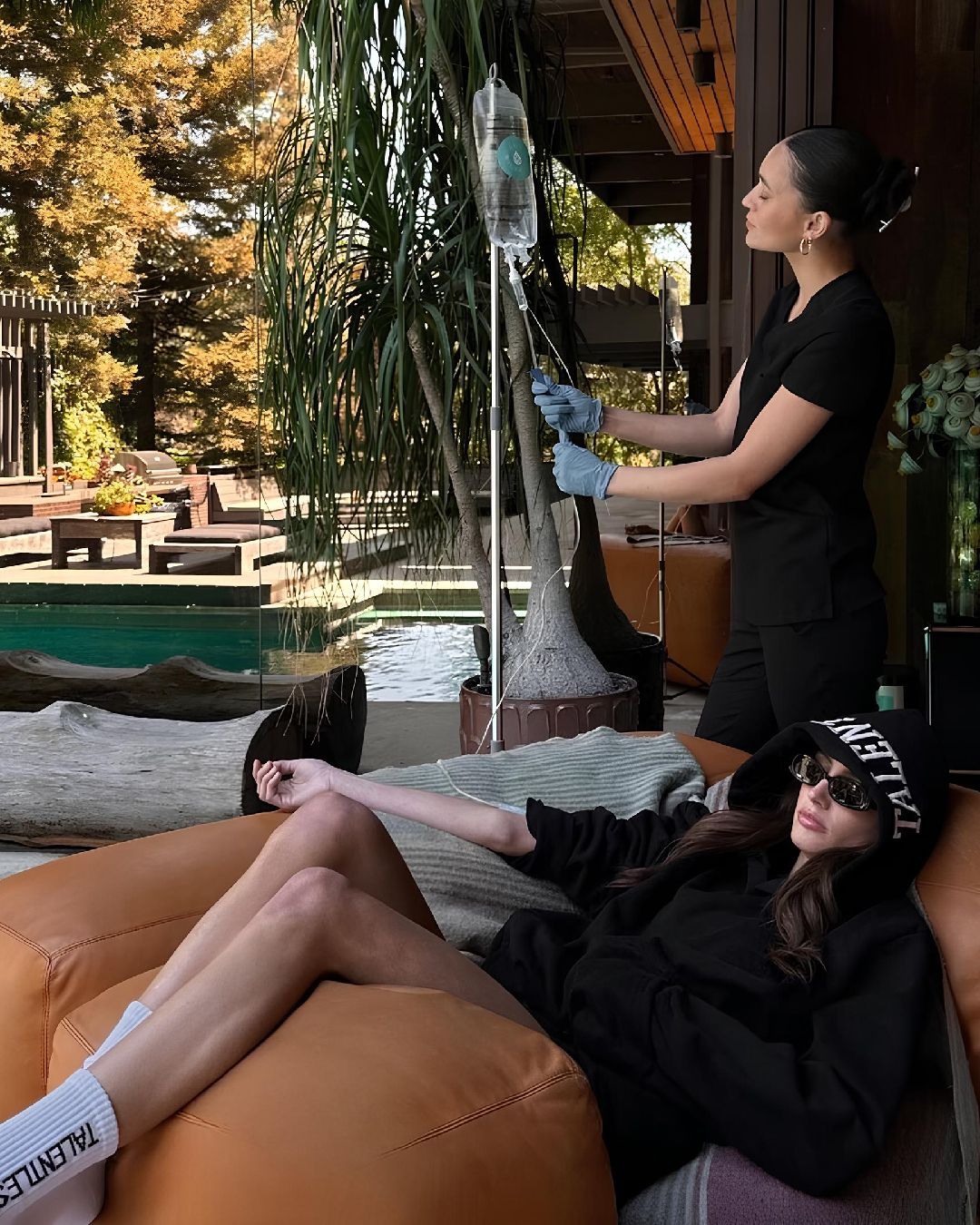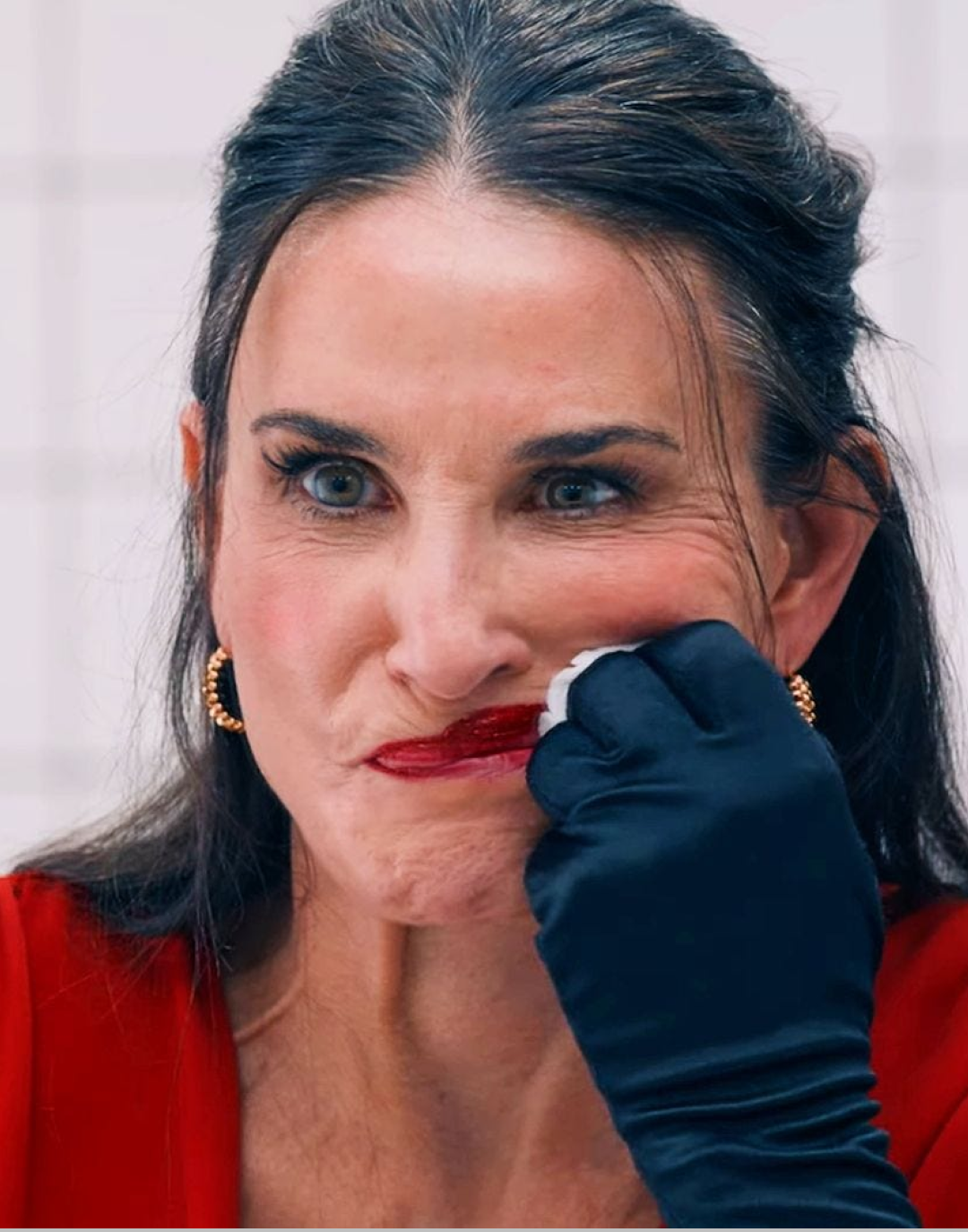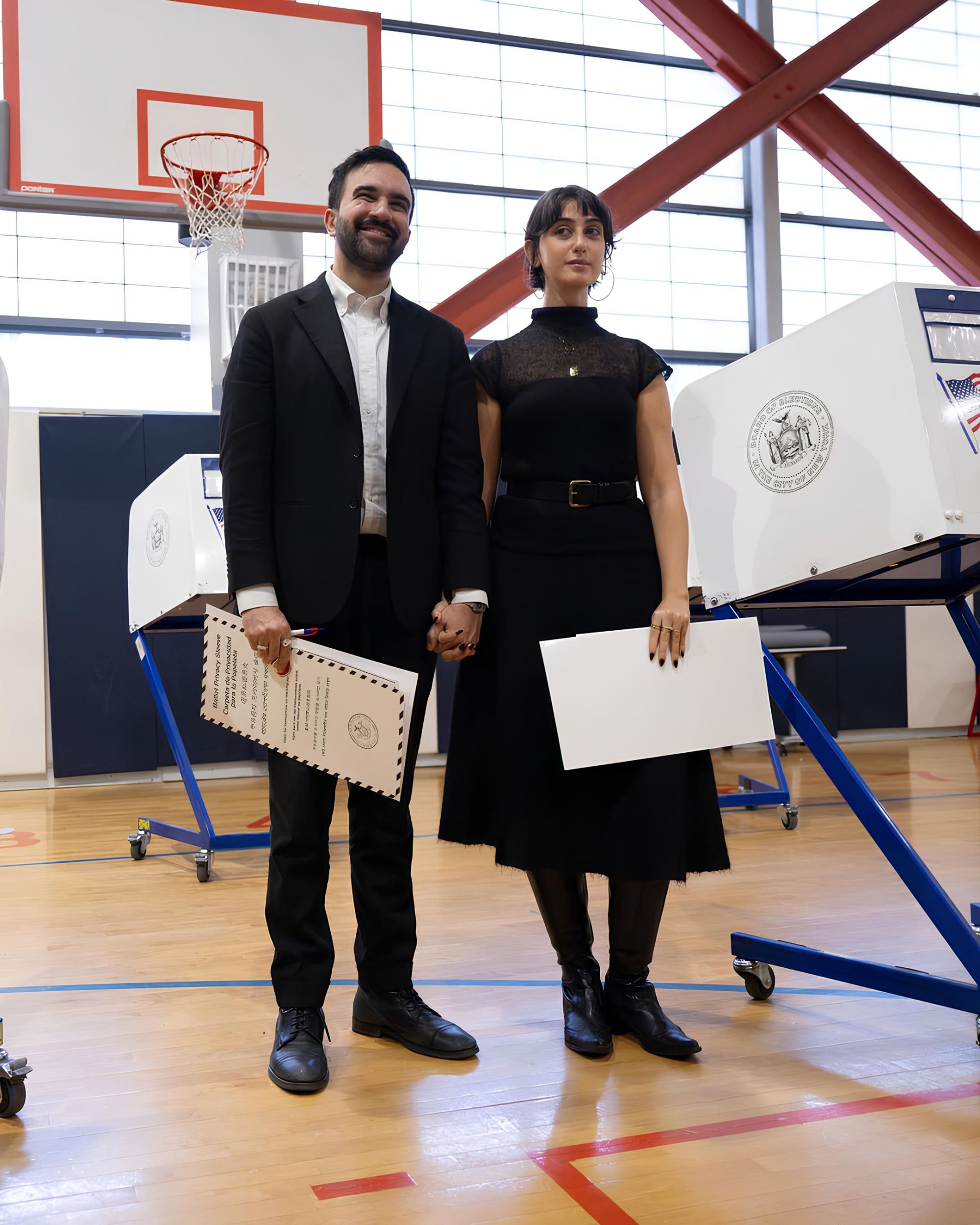
Home IVs are still a trend The new service offered by the apartment buildings of the rich
«I'm going to NAD for the rest of my life and I’ll never age», says Hailey Bieber in an episode of the reality show The Kardashians. She refers to the use of vitamin IV drips (specifically, the one being used by Bieber and her friend Kendall Jenner in the series is an IV of nicotinamide adenine dinucleotide) to counteract the effects of aging, a practice that started in Silicon Valley and today represents a booming business. In New York, Los Angeles, and other major capitals, it’s possible to receive IV drip services directly at home, and in some luxury condominiums, it is included in the menu along with Botox and massages. With a cost ranging from 300 to thousands of euros, vitamin IV drips have become the new fetish of the rich, although various studies question their benefits. We already knew that access to medical care was considered a luxury in the United States, with more than 70% of Americans reporting feeling disappointed with the country’s healthcare system, but with the rise of this new practice, the social gap between the rich and the average citizen seems to have widened even more. The risk, experts warn, is that the practice will become increasingly accessible throughout the West, and therefore increasingly less safe.
@aainapahwa Take it as a sign to host an IV drip party #iv #ivdrip #ivdrips #dubai #uae #dayinthelife Cha Cha - ZEDDY WILL
According to predictions by Zion Market Research, the global medical spa industry will be worth $49 billion by 2030. From a social perspective, it is believed that one of the main factors that contributed to “merging” the world of medicine with that of wellness was the Covid-19 pandemic, an event that made the entire population more health-conscious and, consequently, more willing to invest large sums to protect it. Like Kendall Jenner and Hailey Bieber, other celebrities known to use IV drips in their daily lives include Harry Styles, Gwyneth Paltrow, Rihanna, and Adele, but now the service is within reach of – almost – everyone. It can be ordered at home, and in some luxury condos and establishments, it can be booked with the same ease as calling reception for room service breakfast. Like a soda, there are various “flavors”: anti-aging mixes, elixirs for curing hangovers, and potions that boost athletic performance are part of a menu that once included only shiatsu massages, hot stone treatments, or glass cupping.
@lexyberrys Results: Inconclusive #itworked #ivdrip #recomend original sound - LexyBerrys
Although it originates from the world of hospital medicine, researchers and doctors are still uncertain if using IV drips in daily life is beneficial to health. Like all tools the wellness industry tries to market as indispensable scientific advancements, there is little evidence about their impact, especially on healthy individuals. In 2018, the same year Kendall Jenner was hospitalized for a bad reaction to an IV drip, the American Federal Trade Commission initiated the first legal action against an “IV cocktail” company for advertising its services with claims lacking any scientific basis. Last year, a woman died after receiving an IV drip at a luxury spa in Texas, while in 2019, in China, a woman nearly lost her life after creating a DIY drip using fresh fruit. The beauty and wellness industry has been strange since ancient times, convincing consumers to venture into dangerous territory in the name of “health” and “youth,” from miracle diets to intensive surgical interventions. The IV drip trend, however, is part of a much broader discourse not only about the absurd lengths people will go to control their mortality but also about social acceptance, becoming a new status symbol among the rich. More than a tool to show the world that you have enough resources to invest in your health even when you’re healthy – a practice that holds even more value in the United States – the ability to do everything from home, without having to go to an understaffed and under-resourced hospital, makes the experience even more exclusive.















































